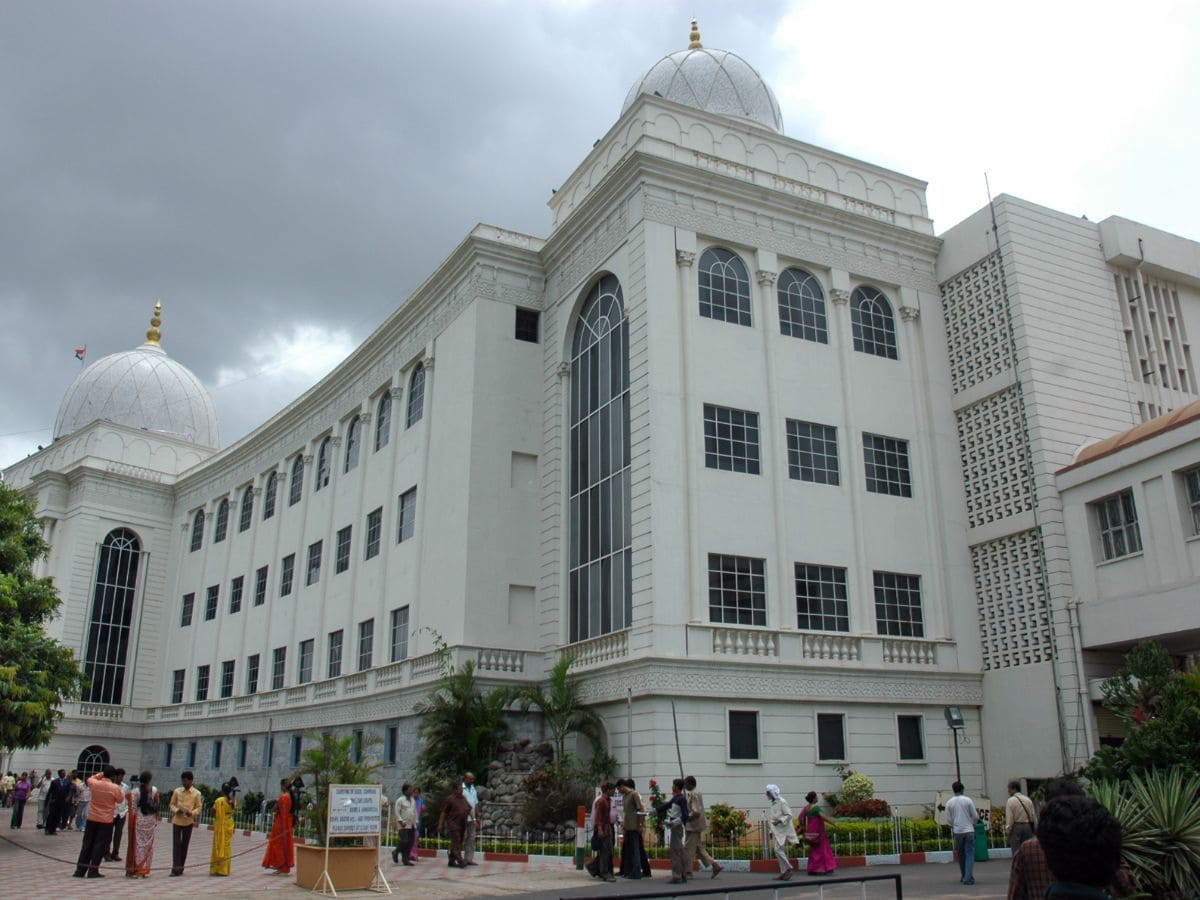
Hyderabad: Union tourism minister G Kishan Reddy laid the foundation stone of India’s first National Museum of Epigraphy at the Salar Jung Museum here on Monday, February 5.
The museum, under the Union Ministry of Culture, is the first of its kind in the country, which have information about the writing, scripts and languages using multimedia installations.
Reddy took to X and said the museum is a ‘giant leap forward in preserving the invaluable legacy of inscriptions’.
“Laid the foundation stone for the first National Museum of Epigraphy at the Salar Jung Museum in Hyderabad today. This is not just a step towards establishing a new museum, but a giant leap forward in preserving and showcasing the invaluable legacy of inscriptions that tell the story of our nation,” Kishan Reddy said on X (formerly Twitter).
The Centre had earlier announced the setting up of the Bharat Shared Repository of Inscriptions Bharat SHRI in a digital epigraphy museum with the digitisation of one lakh ancient inscriptions.
Epigraphy is Greek word
Epigraphy is the study of writings engraved on stone, metal, wood, shell and other materials known as “inscriptions” or “epigraphs.”
It is derived from two Greek words—epi meaning on or upon and graphie meaning to write.
Though engraving is the chief characteristic of an epigraph, there are some exceptions where old writings in ink on rocks, boulders, etc., are also accepted as epigraphs.
Recently, Dr MCR HRD IT’s Centre for Telangana Studies, Hyderabad, took the initiative to collect and compile all published inscriptions belonging to Telangana State and placed them in chronological order.
(With PTI inputs)
